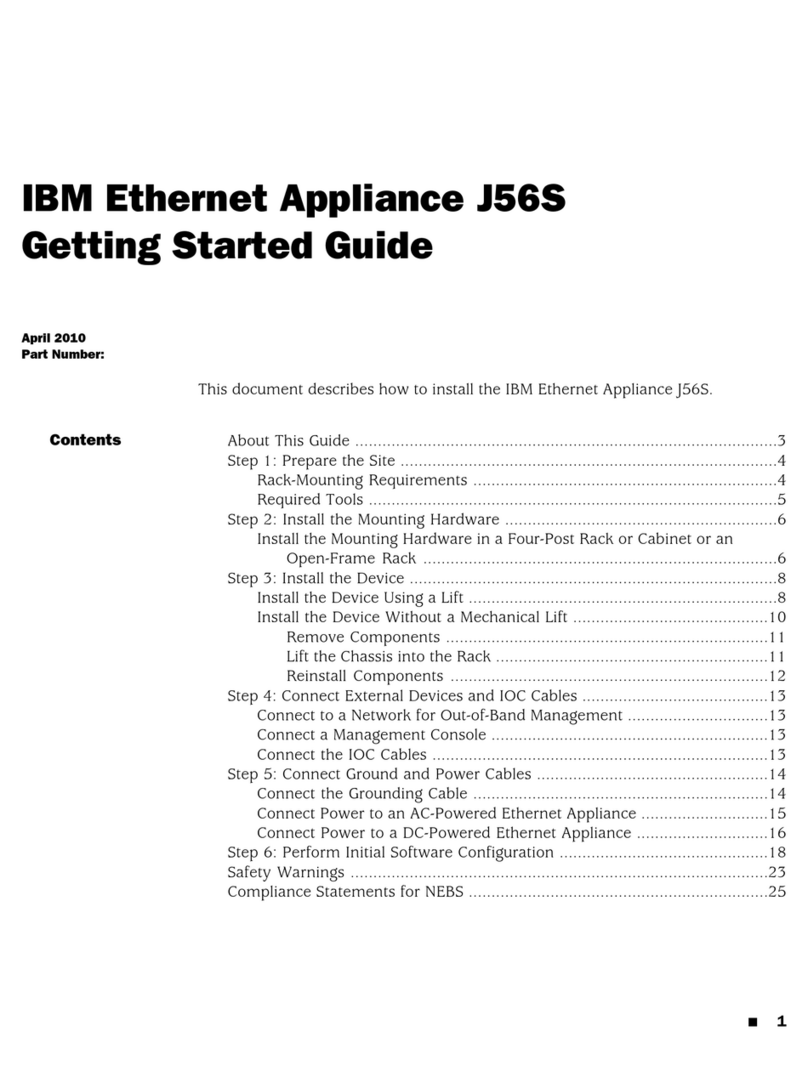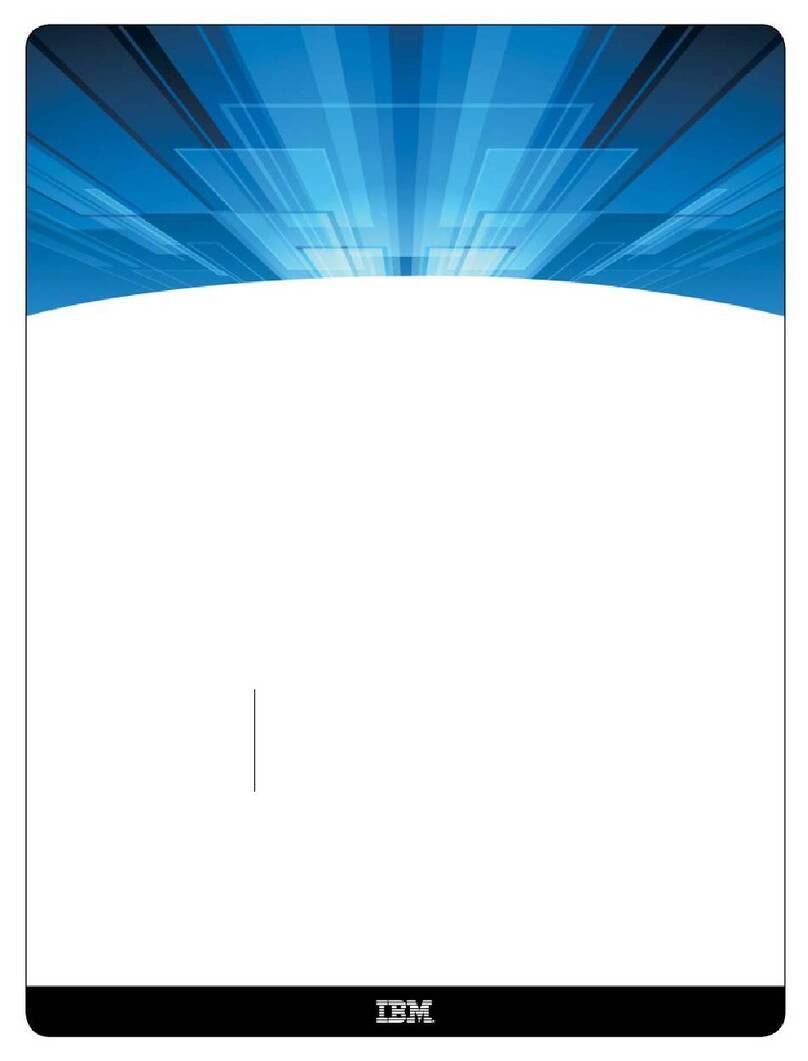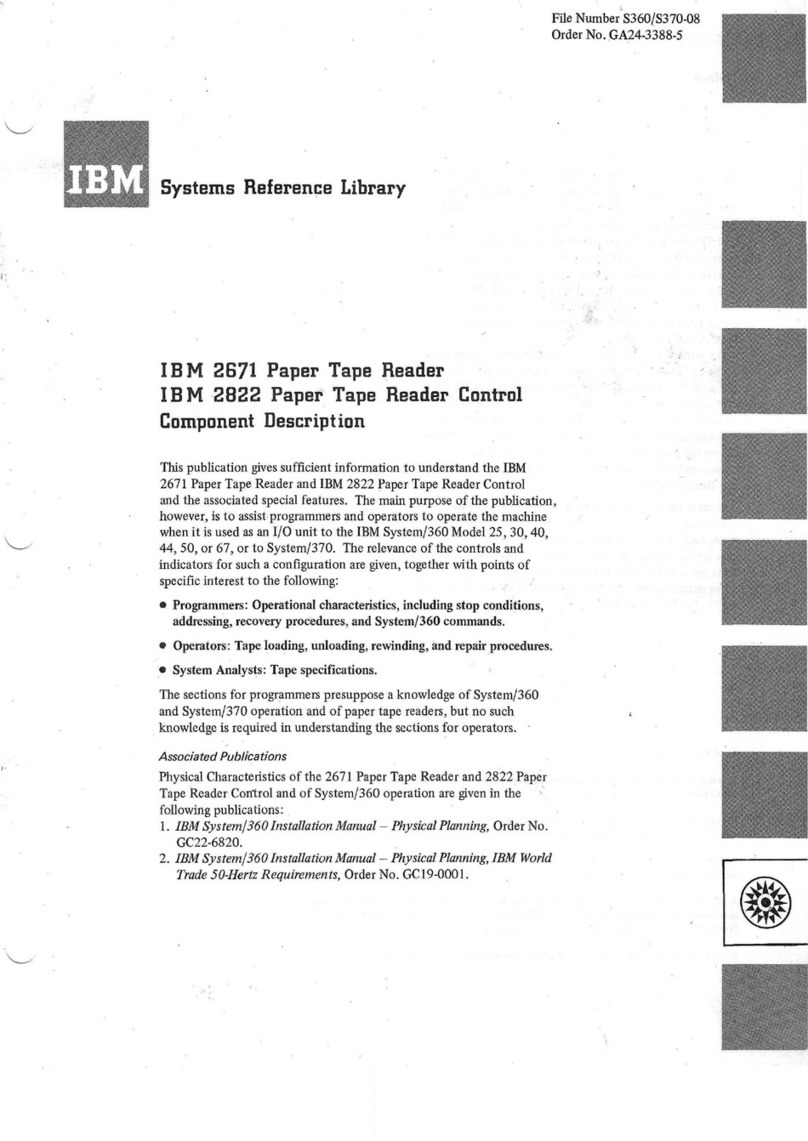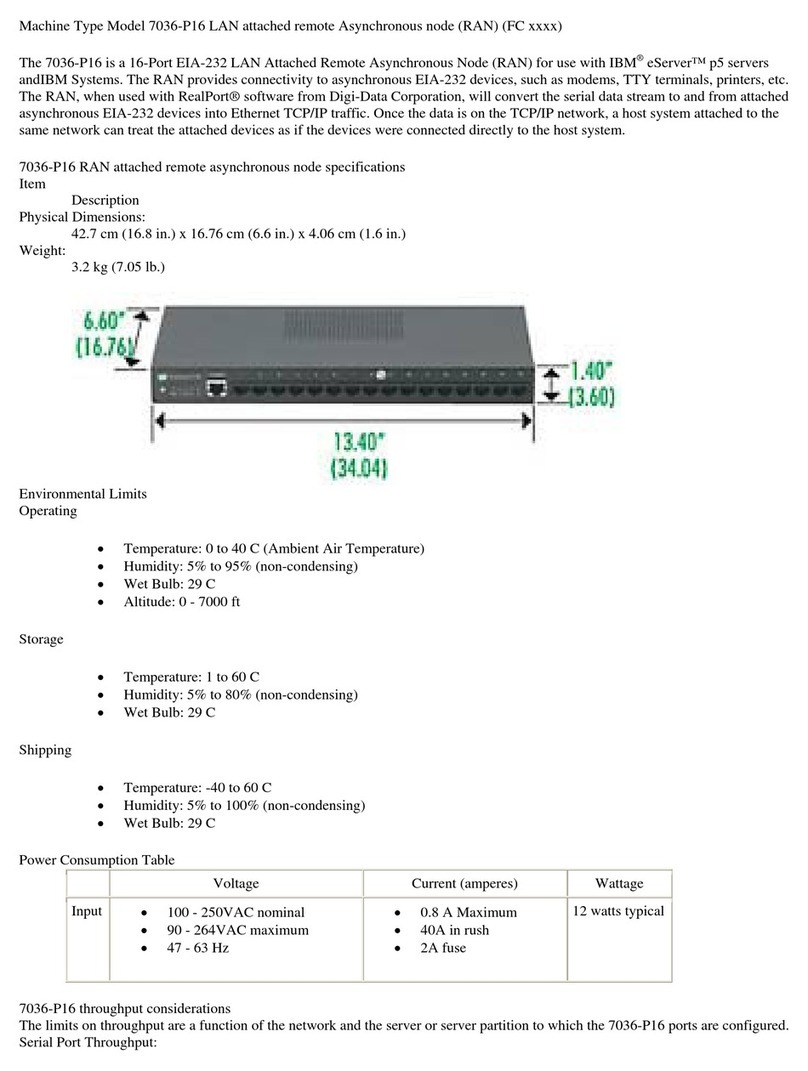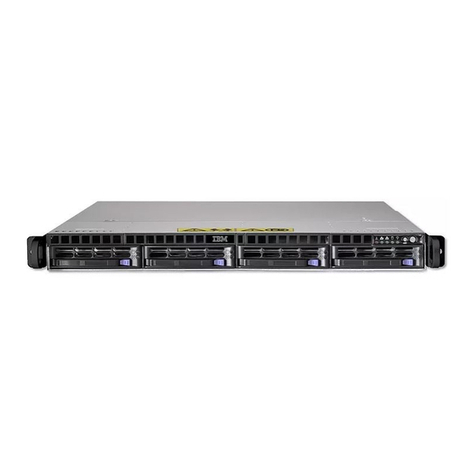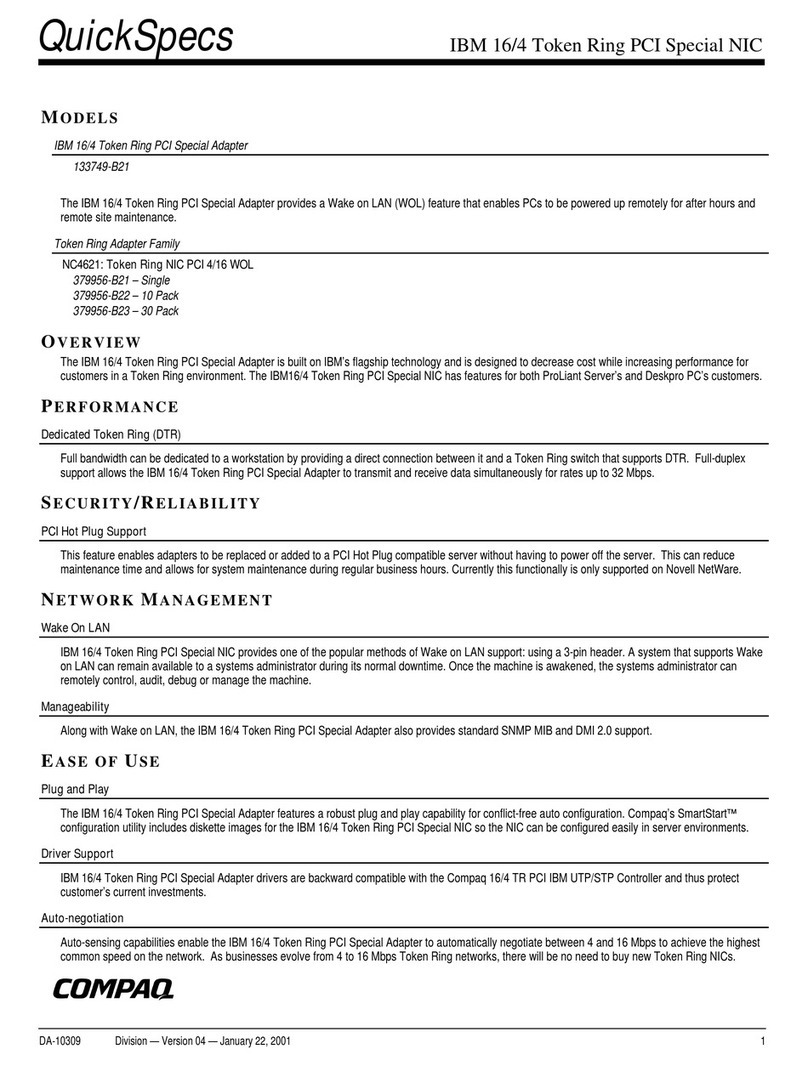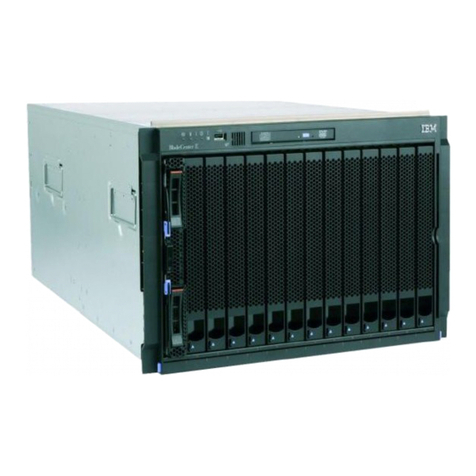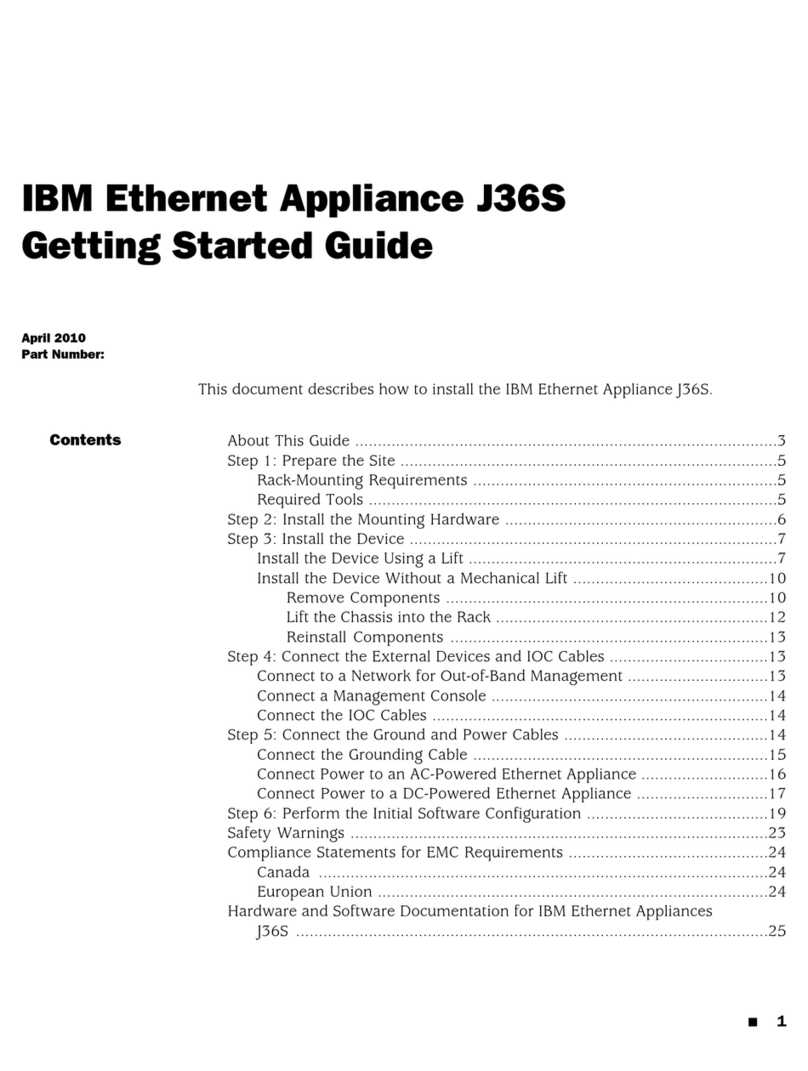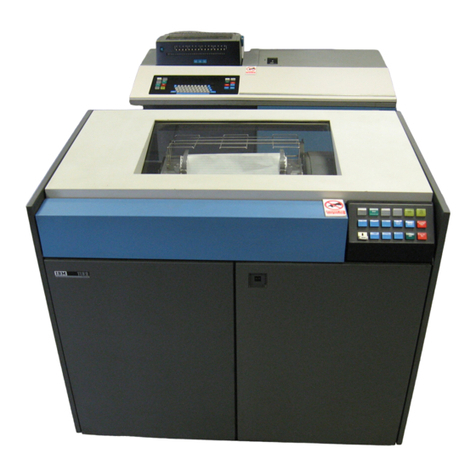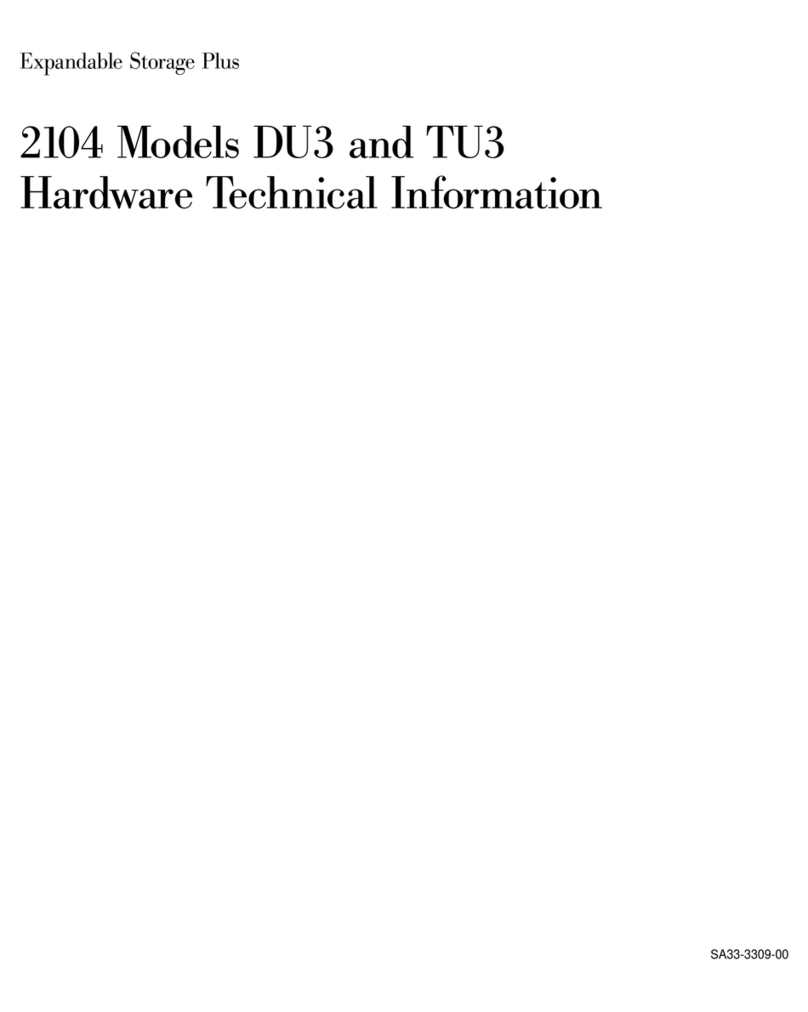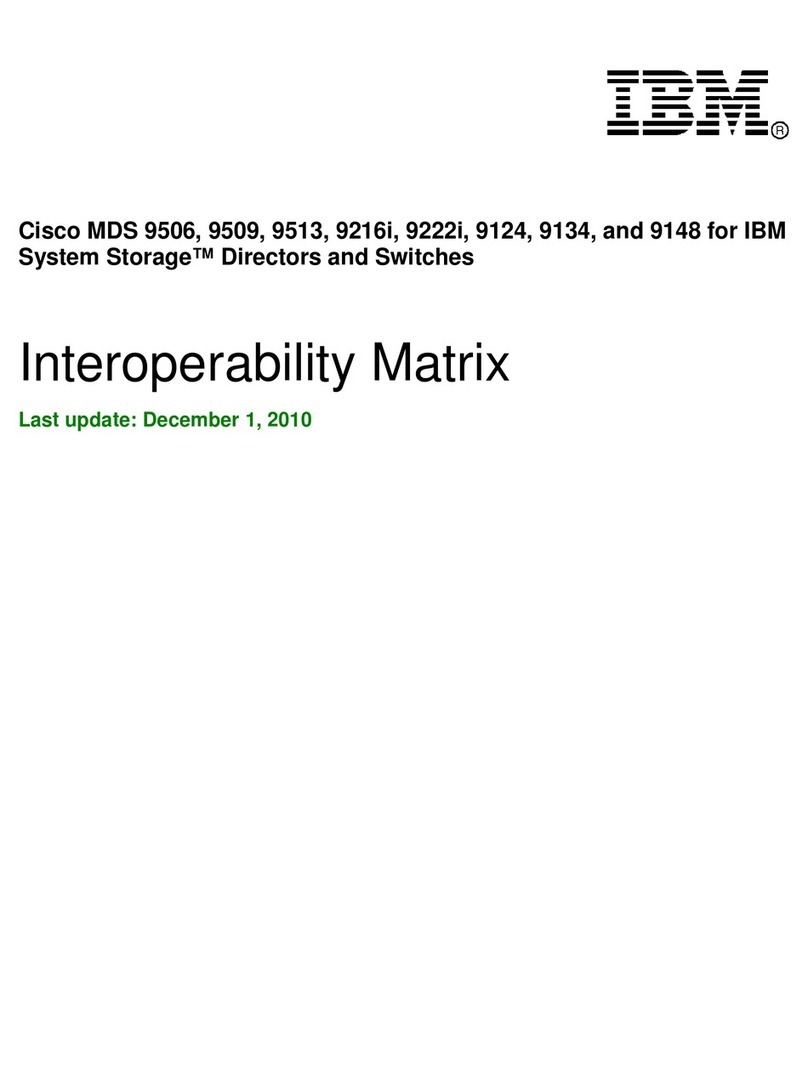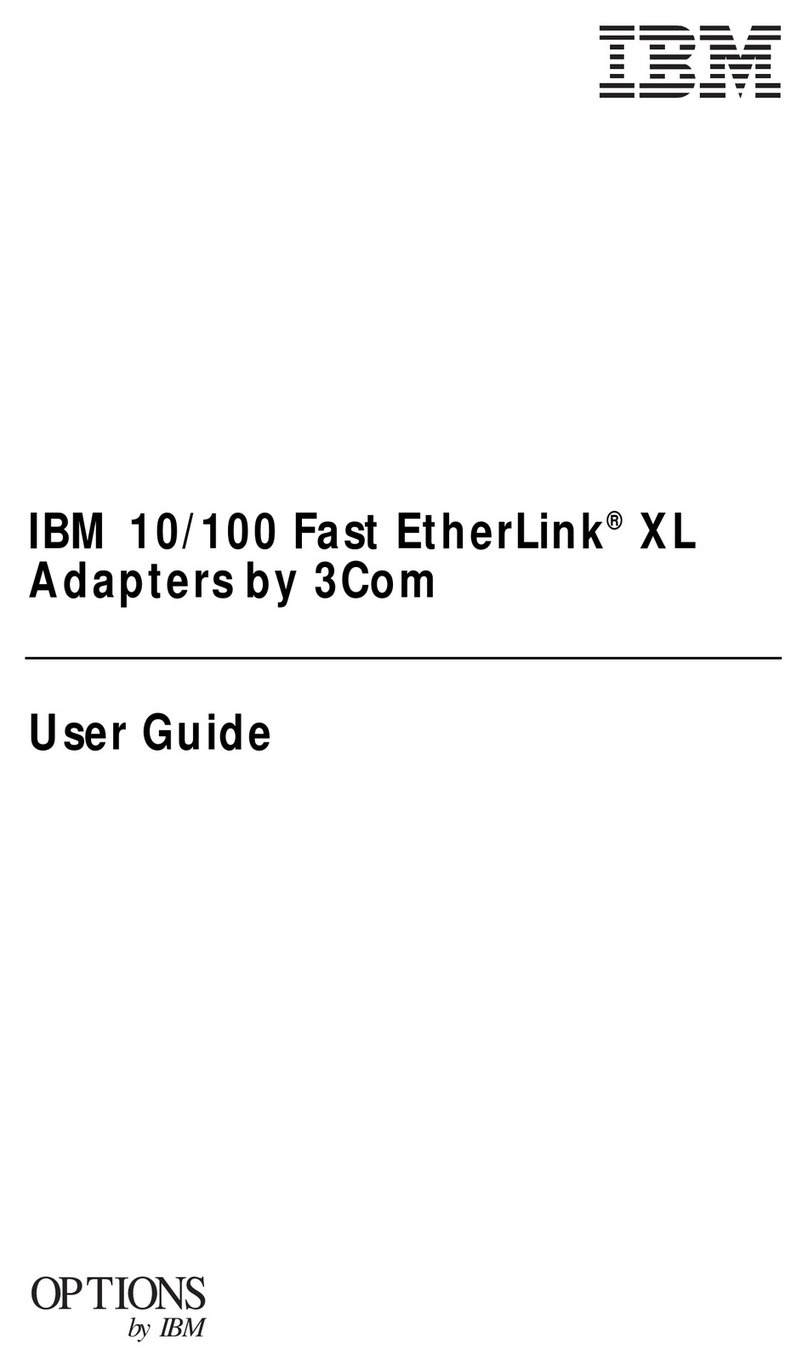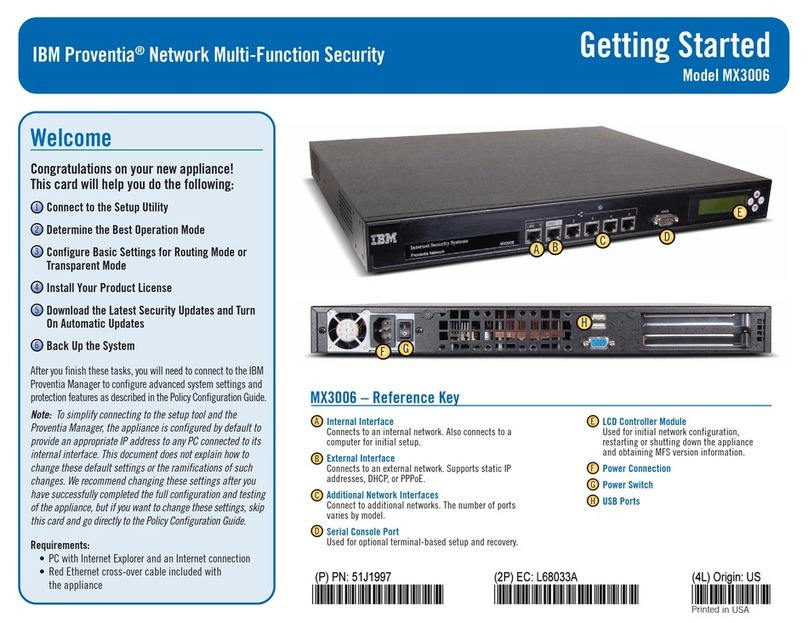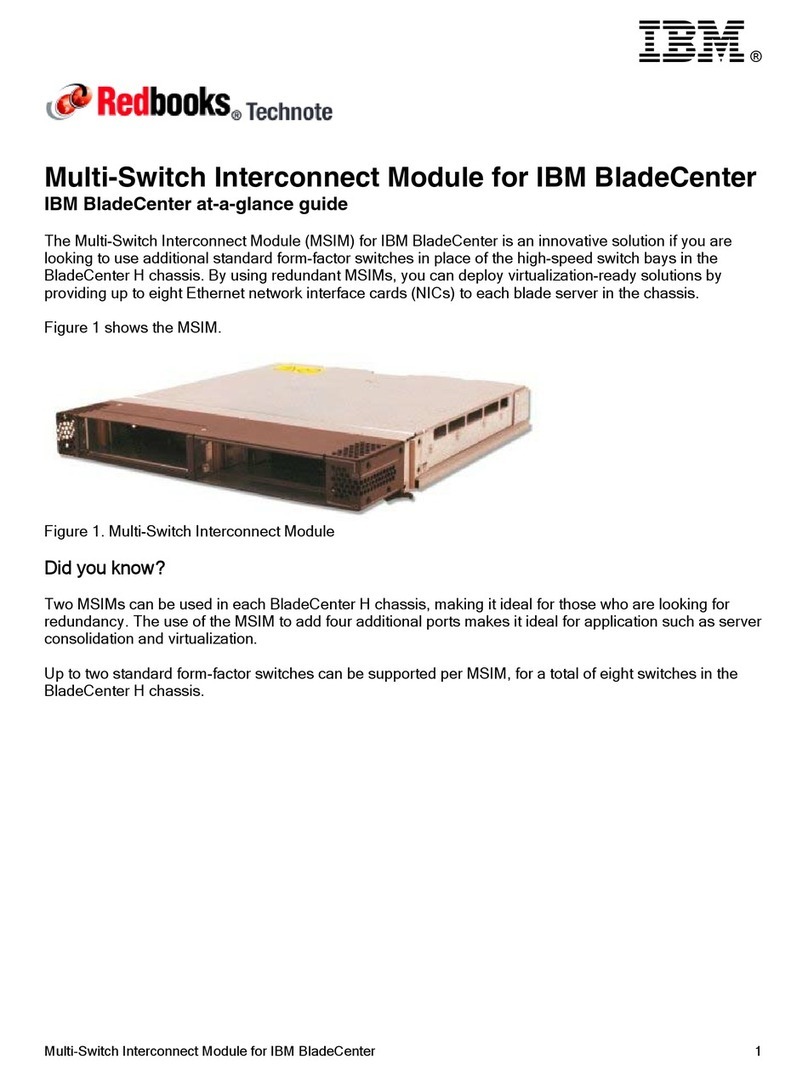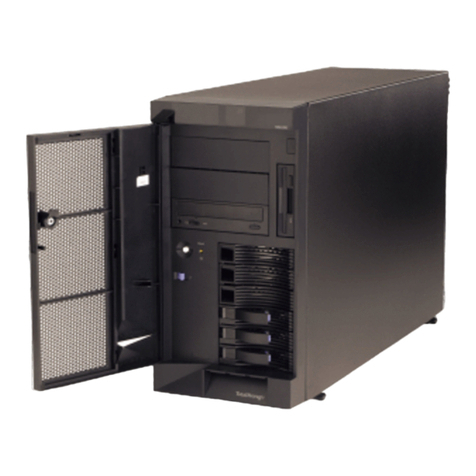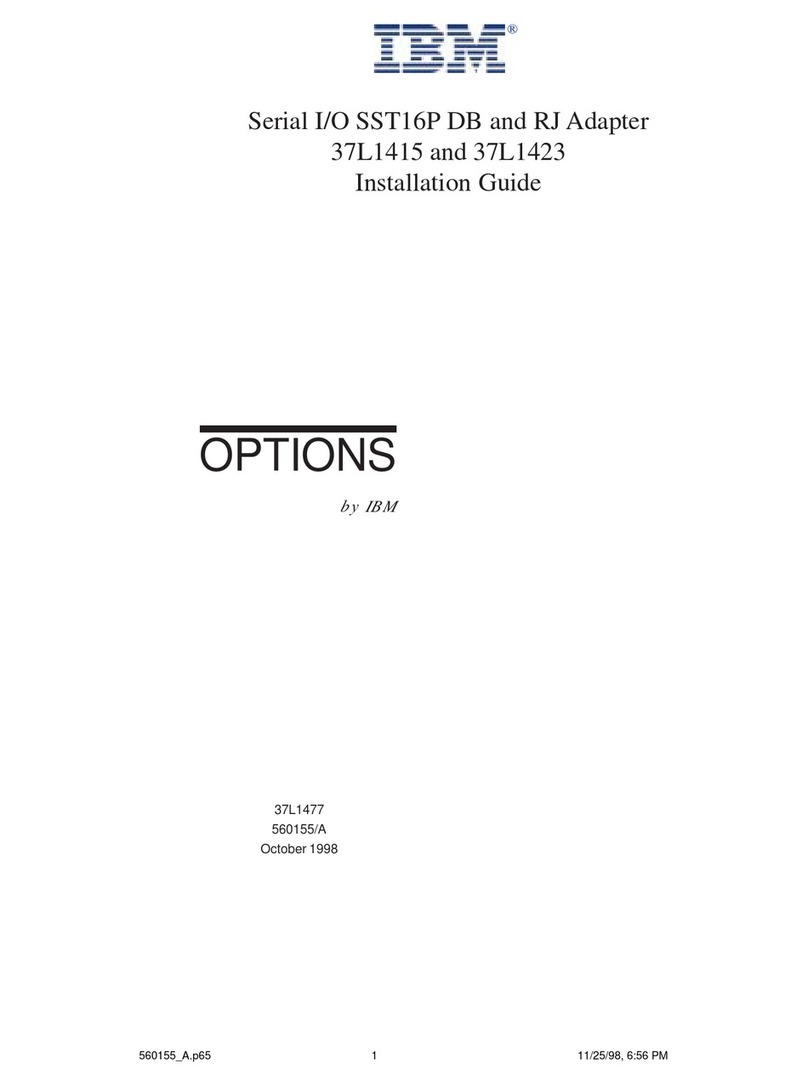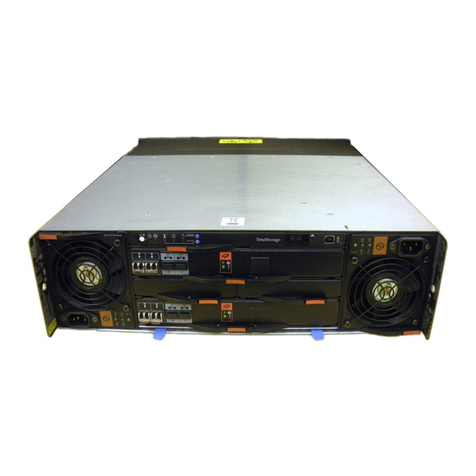
Formatting the logical drives ...................35
Chapter 5. Completing networking, clustering, and storage access setup 37
Networking setup ........................37
Configuring the interconnect (private) network adapter .........37
Configuring the public local area connection .............38
Verifying network connectivity and names resolution ..........39
Checking or changing the network binding order ...........39
Joining a node to a domain ....................40
Cluster setup .........................40
Configuring clusters .......................41
Configuring cluster state and properties ...............41
Setting up cluster resource balancing ...............42
Setting up failover .......................42
Creating users ........................43
Defining UNIX users and groups .................43
Creating clustered file shares (CIFS and NFS) ............47
Powering off and powering on the Model 326.............49
Recovering from a corrupted Quorum drive .............50
Before you add software ... ....................51
Chapter 6. Managing and protecting the network and storage ......53
IBM Director ..........................53
Dependencies ........................54
Hardware requirements .....................54
Director extensions ......................55
Naming conventions ......................55
Web-based access ......................55
Disaster recovery .......................56
Software distribution ......................56
Real-time diagnostics .....................57
Rack Manager and inventory enhancements .............57
Dynamic NAS groups .....................58
NAS Web UI task .......................58
Electronic Service Agent (eSA) ..................58
Predictive Failure Analysis....................59
For more information......................59
NAS Backup Assistant ......................59
Restoring using the NT Backup panel ...............60
Persistent Images ........................61
Global Settings ........................62
Volume Settings .......................62
Persistent Images .......................62
Schedules .........................63
Restore Persistent Images ...................64
Disaster Recovery.......................64
Granting user access to persistent image files ............68
PSM notes .........................68
Microsoft Services for UNIX and NFS Support .............72
Configuring Server for NFS ...................73
Antivirus protection .......................75
Chapter 7. Managing adapters and controllers ............77
Managing Fibre Channel host bus adapters ..............77
Enabling communication between system management adapters ......78
Enabling ISMP to RSA communication on a single machine .......80
iv Model 326 User’s Reference
